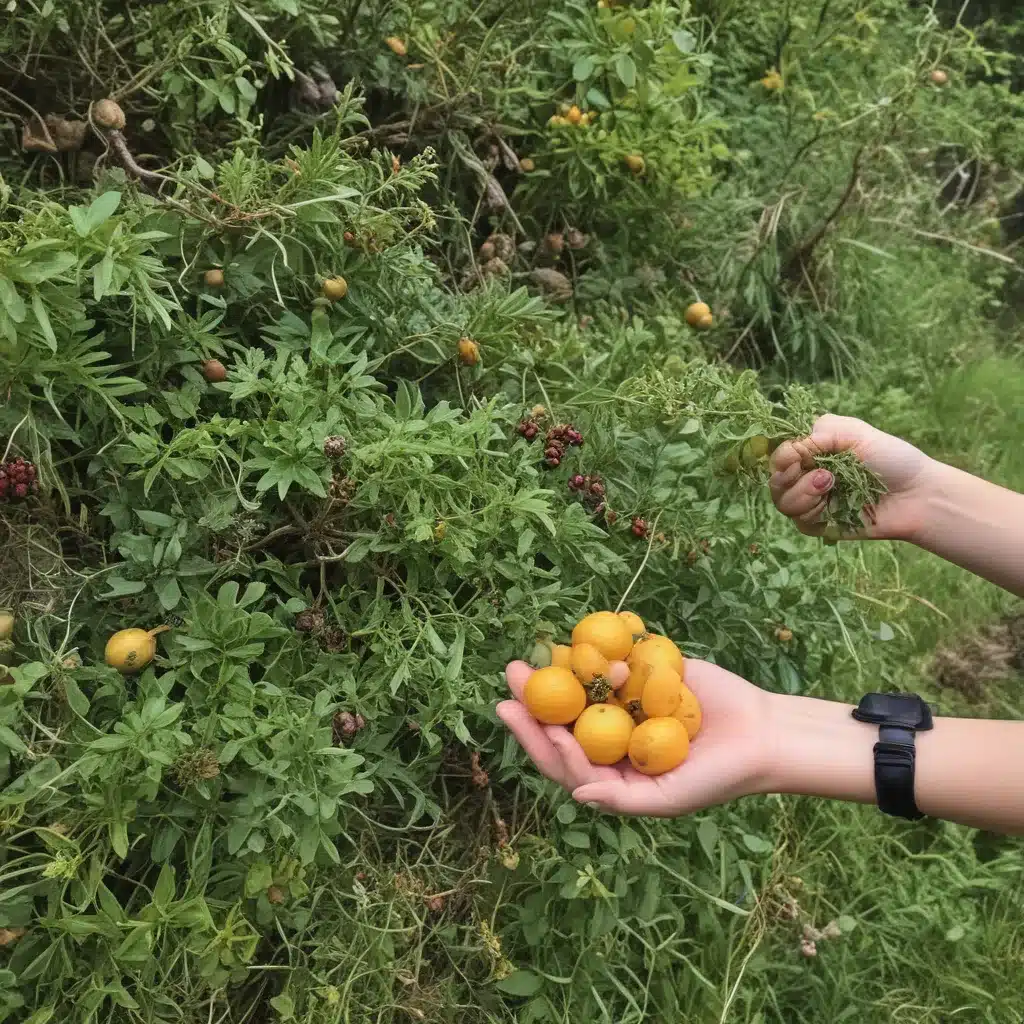
The Delights of Scotland’s Wild Larder
We’ve refreshed our website design, so things may look a little different if you’ve been here before. But we’ll be making more improvements soon, so watch this space! Wild, foraged foods are featuring more in popular TV cookery programs and across social media these days. As a result, these delightful wild bounties are appearing in more of our produce, restaurant dishes, and home cooking.
But what delights in Scotland’s wild larder are there, when is the best time to forage for them, where can they be found, and who can take you foraging for food? Read on to learn more about the culinary riches found in Scotland’s woods, hedges, and along our coastline.
Foraging Fundamentals
By definition, foraging is the search for wild food, such as berries, seeds, and edible plants. It’s a trait more commonly seen in wild animals, but was also a crucial survival skill that our hunter-gatherer ancestors had to master centuries ago.
Foraging in Scotland is a fun and exciting way to get up close to nature and wildlife, and then get to taste the fruits of your labor afterwards. However, there are a few rules to follow along the way. First and foremost, learn about the guidelines around foraging responsibly. VisitScotland has a great guide on the topic.
Seasonal Sensations
Well, that all depends on what you’re looking to forage. In January, head out to search for winter fruits and nuts, like acorns, blackberries, and chestnuts. In June, keep your eyes peeled for edible flowers, such as elder and honeysuckle. Or in September, go rummaging for wild berries, including raspberries, strawberries, and sloes.
VisitScotland has a helpful guide on what to look for month-to-month in Scotland. Foraging with the kids is a great way to get them in tune with nature, teach them about their surroundings, and provide a truly educational experience.
Foraging Guides and Events
Various places around Scotland boast fascinating courses and events that allow you to get hands-on with foraging. Discover more about what you can forage in the wild in Scotland by checking out VisitScotland’s guide.
Many Scots carry fond recollections of picking wild, bursting-with-flavor berries on long, hot summer days. It’s a great way to get out and explore more of Scotland, with nature providing healthy – and free – snacks along the way. There are about 10 different edible types of berries found in our woods and along quiet trails and roads, including wild cherries, blaeberries (bilberry), blackberries, sloes, rowan, and juniper berries.
Mushroom Foraging
There are literally dozens of species of edible wild mushrooms in Scotland’s woodlands, but only a few are commonly eaten. Autumn is the best time to pick them, but there are always some species growing in the woods. Given the severe toxicity of some mushrooms, it’s best to leave unfamiliar fungi alone.
VisitScotland recommends joining a mushroom foraging course in Perthshire with Monica Wilde Foraging, or one of her wild cookery courses. It’s easier and more fun to learn what to pick and when in a group setting, led by an expert.
Coastal Bounty
Our seas produce some of the finest seafood in the world, and our coast is prime territory for enjoying seaweed foraging in Scotland. Collect sea buckthorn berries on long beach walks, poke around rock pools at low tide for shellfish, or forage for healthy edible seaweed – dulce, for instance, is a red seaweed that’s a hit with vegetarians and delicious in soup.
VisitScotland suggests joining a coastal foraging tour with East Neuk Seaweed to discover the delights of the shore.
Foraging in Cuisine
Foraged foods are increasingly finding their way into some of Scotland’s finest produce. Using them enhances their unique flavor and adds a real dash of local authenticity. For example, the Loch Tay chocolatier Charlotte Flower explores the shores of the loch and nearby woodland in search of Scots pine, wild mint, wood sorrel, and elderflower, which she uses to flavor her captivating confectionery.
Many Scottish gin producers also use locally foraged botanicals to make their spirit stand out. One of the most unusual is sugar kelp, which is used, along with other botanicals, to flavor Harris Gin. This hand-dived seaweed gives the spirit a distinct and delicious taste that’s the very essence of the island it comes from.
Foraged plants are also used in some Scottish beers. William’s Bros. Brewing Co. in Alloa has long recognized this, with their well-established brews including “Fraoch,” which uses heather flowers as a flavoring, and “Grozet,” which is flavored with gooseberries.
Foraging Experiences
It’s great fun being in the outdoors and foraging for food, but in Scotland, you can still enjoy tasty foraged food without getting your hands dirty or wet! Visionary Scottish chefs are harvesting wild foods and introducing them into dishes, imparting delightfully local flavors.
In Edinburgh, establishments like The Gardener’s Cottage, Forage and Chatter, and Wedgwood the Restaurant are serving dishes which include seasonal and sustainable sensations. Or why not eat wild with a unique Buck and Birch occasional dining experience featuring ingredients carefully curated over many years by Head Chef Rupert Waites?
You can even join a cocktail making class with a foraged twist at The Botanist Cocktail Experience on Islay. There’s plenty more to discover when it comes to Scotland’s foraging bounty. All we ask is that you follow the guidance in the Scottish Outdoor Access Code, and if you’re not sure how to get started, join a course and learn with an expert.
Scotland’s food and drink is amongst the very best in the world, and the best place to enjoy it is right here. Why not add an eco-accommodation experience or a unique farm stay to your trip? Loch Ness Shores offers the perfect setting to immerse yourself in the natural beauty and culinary delights of the Scottish Highlands.

